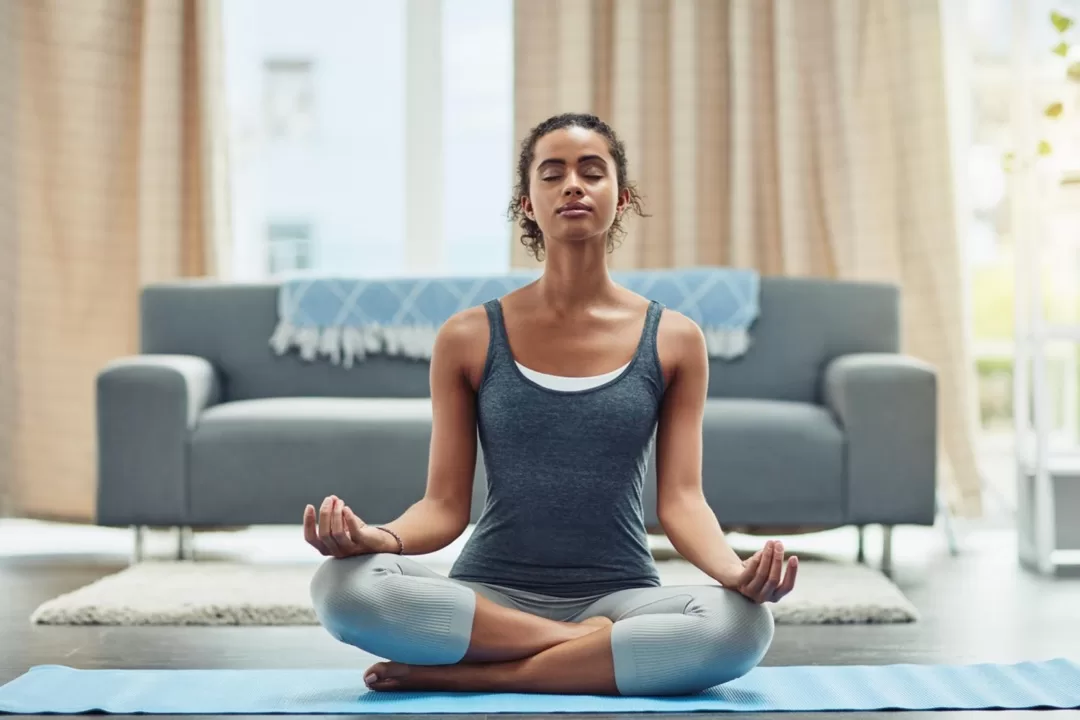Gratitude meditation is a powerful practice that involves focusing on and appreciating the positive aspects of life. It encourages individuals to cultivate a sense of gratitude for the things they have, rather than focusing on what they lack. This form of meditation has gained popularity in recent years due to its numerous mental and emotional benefits.
What is Gratitude Meditation?

Gratitude meditation is a type of mindfulness practice where individuals intentionally focus on the things they are thankful for. It involves acknowledging and appreciating the blessings, big or small, in one's life. This practice can help shift focus from negative thoughts to positive ones, promoting overall well-being and happiness.
Benefits of Practicing Gratitude Meditation
The practice of gratitude meditation offers a wide range of benefits, including:
- Improved Mental Health: Gratitude meditation can reduce symptoms of depression and anxiety by fostering a more positive outlook on life.
- Enhanced Relationships: Expressing gratitude can strengthen relationships and foster deeper connections with others.
- Increased Resilience: Gratitude meditation helps individuals develop resilience in the face of challenges by focusing on the positives.
- Better Sleep: Cultivating gratitude can lead to improved sleep quality and duration, promoting overall physical health.
Understanding the Basics

Before diving into gratitude meditation, it's essential to understand its fundamental principles and how it works.
How Does Gratitude Meditation Work?
Gratitude meditation works by shifting focus away from negative thoughts and emotions towards positive ones. By consciously acknowledging and appreciating the good things in life, individuals can rewire their brains to be more optimistic and grateful.
Importance of Mindfulness in Gratitude Meditation
Mindfulness plays a crucial role in gratitude meditation as it involves being fully present in the moment and observing thoughts and feelings without judgment. Mindfulness allows individuals to deepen their awareness of gratitude and cultivate a sense of appreciation for life's blessings.
Step 1: Find a Quiet Space

To start practicing gratitude meditation, it's essential to find a quiet space where you can relax and focus without distractions.
Creating a Peaceful Environment
Choose a quiet room or corner where you feel comfortable and at ease. Create a relaxing atmosphere by dimming the lights, lighting candles, or playing soft music.
Eliminating Distractions
Turn off electronic devices and silence notifications to minimize distractions during your meditation practice. Find a space where you can be alone with your thoughts and fully immerse yourself in the present moment.
Step 2: Get Comfortable
Once you've found your quiet space, it's time to get comfortable and prepare your body and mind for meditation.
Choosing a Comfortable Position
Find a comfortable sitting position, whether it's on a cushion, chair, or floor. Keep your back straight and your shoulders relaxed to maintain good posture throughout your practice.
Relaxing Your Body and Mind
Take a few deep breaths to relax your body and calm your mind. Release any tension or stress you may be holding onto and allow yourself to fully unwind.
Step 3: Focus on Breath
With your body relaxed and your mind calm, shift your focus to your breath and begin to deepen your awareness of each inhale and exhale.
Breathing Exercises in Gratitude Meditation
Practice deep breathing exercises to help anchor your attention and bring you into the present moment. Focus on the sensation of your breath as it enters and leaves your body.
Connecting Breath with Gratitude
As you continue to breathe deeply, bring to mind something you're grateful for. With each inhale, silently repeat a word or phrase that represents gratitude to you. With each exhale, visualize sending gratitude out into the world.
Step 4: Reflect on Gratitude

Once you've established a steady rhythm of breath, take a moment to reflect on the things you're grateful for in your life.
Identifying Things to Be Grateful For
Think about the people, experiences, and blessings in your life that you're thankful for. Consider both big and small things, from the air you breathe to the relationships you cherish.
Cultivating a Positive Mindset
Allow feelings of gratitude to wash over you as you reflect on the abundance in your life. Notice how focusing on the positives can shift your perspective and uplift your mood.
Step 5: Practice Daily
To reap the full benefits of gratitude meditation, make it a daily practice that you incorporate into your routine.
Incorporating Gratitude Meditation into Your Routine
Set aside time each day to practice gratitude meditation, whether it's first thing in the morning, during your lunch break, or before bed. Consistency is key to developing a habit and experiencing lasting results.
Setting Aside Time for Practice
Allocate at least 10-15 minutes each day for gratitude meditation. Treat it as a sacred time for self-reflection and self-care, prioritizing your mental and emotional well-being.
Step 6: Express Gratitude
In addition to practicing gratitude meditation privately, find ways to express gratitude outwardly and share positivity with others.
Sharing Gratitude with Others
Express appreciation to the people in your life who have made a positive impact on you. Send thank-you notes, give compliments, or simply offer a heartfelt word of thanks.
Spreading Positivity and Kindness
Look for opportunities to spread kindness and positivity wherever you go. Small acts of kindness, such as holding the door for someone or offering a smile, can have a ripple effect and brighten someone's day.
Conclusion
Gratitude meditation is a simple yet powerful practice that can transform your life for the better. By following these six simple steps, you can start cultivating a sense of gratitude and experiencing the many benefits it has to offer. Take the first step today and embark on a journey of self-discovery, positivity, and inner peace.
FAQs
Q. How long does it take to see results from gratitude meditation?
Ans: While individual experiences may vary, many people report feeling a difference in their mood and outlook within a few weeks of consistent practice.
Q. Can I practice gratitude meditation if I'm not religious?
Ans: Absolutely! Gratitude meditation is a secular practice that can be enjoyed by people of all faiths and backgrounds.
Q. What if I can't think of anything to be grateful for?
Ans: Start small! Focus on basic necessities like food, shelter, and safety. You can also express gratitude for simple pleasures like a beautiful sunset or a hot cup of tea.
Q. Is it better to practice gratitude meditation in the morning or evening?
Ans: It ultimately depends on your schedule and personal preference. Some people find it helpful to start their day with gratitude, while others prefer to unwind with a gratitude practice before bed.
Q. Can children benefit from practicing gratitude meditation?
Ans: Yes, children can benefit greatly from cultivating gratitude at a young age. Encourage them to participate in simple gratitude exercises, such as keeping a gratitude journal or saying thank you before meals.